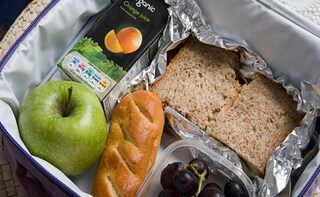With potential savings of over £1,000 a year, making packed lunches makes a lot of sense. So why don’t more of us do it? We ask some foodies what they would put in their own lunch boxes.
Advertisement
Advertisement
For the latest food news, health tips and recipes, like us on Facebook or follow us on Twitter and YouTube.
Advertisement
Tags:
